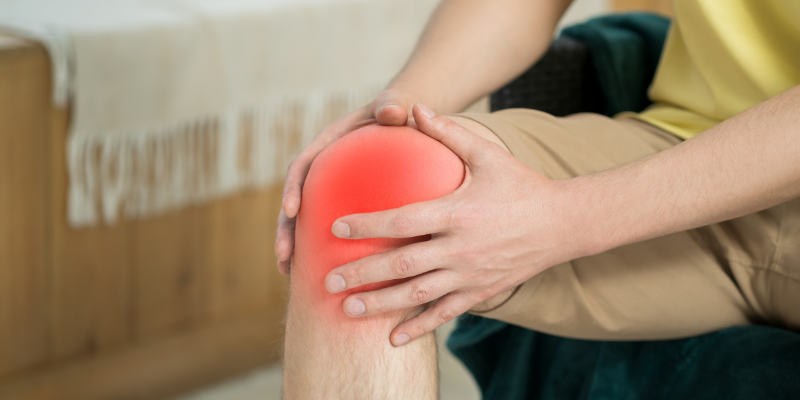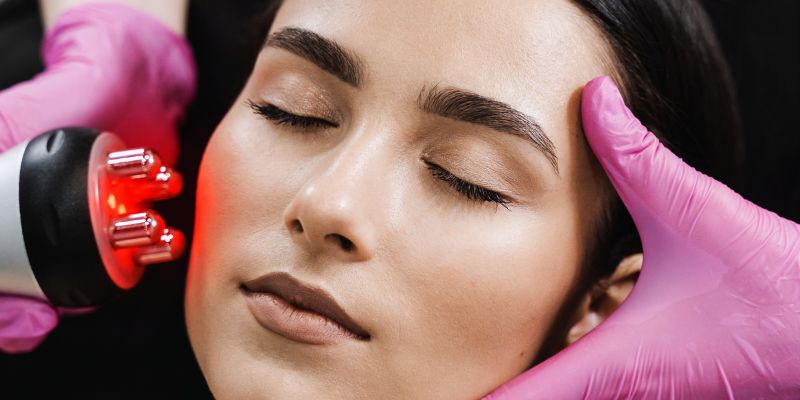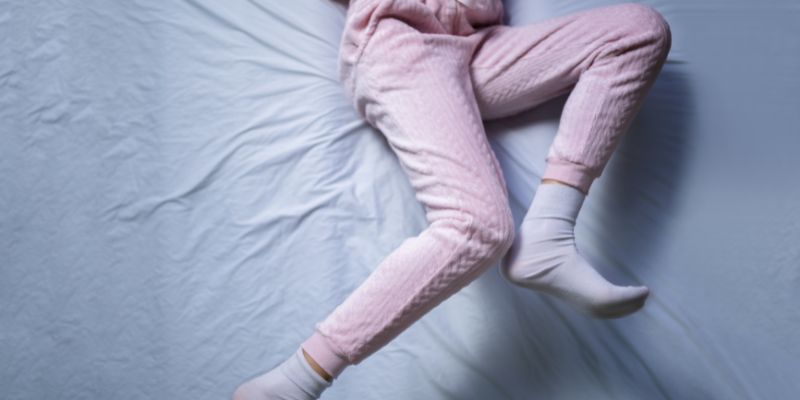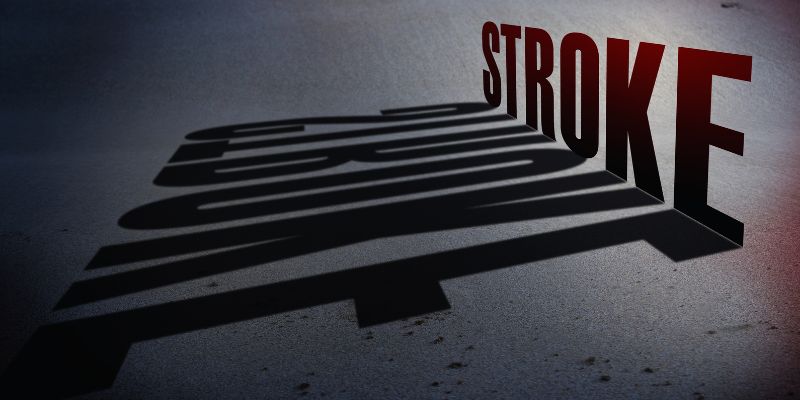Effective Ways to Treat Restless Leg Syndrome
Restless Leg Syndrome, also known as Willis-Ekbom disease, is considered an uncontrollable impulse to interchange the legs, often accompanied by uncomfortable sensations. These symptoms typically worsen at night, making falling or staying asleep difficult. The exact cause is unknown, but RLS may be linked to factors such as iron deficiency, neurological conditions, or genetics. The condition can dramatically affect daily living, but there are a variety of treatments that will help to ease symptoms and quality of Life. This article describes medical and lifestyle treatments for alleviating the symptoms of Restless Leg Syndrome.
Lifestyle Changes
Specific lifestyle changes can significantly alleviate the symptoms of Restless Leg Syndrome. A regular exercise program such as walking or stretching helps alleviate symptoms; however, heavy exercise should not be done within an hour or so of going to bed. Other tips to improve sleep quality include keeping a regular sleep schedule and developing a calming bedtime routine. Caffeine, alcohol, and nicotine should be avoided, especially at night, as these can exacerbate RLS symptoms. Keeping the bedroom quiet, dark, and cool also helps in good sleep hygiene and minimizes the occurrence of RLS episodes.

Iron and Nutritional Supplements
Iron deficiency is also associated with Restless Leg Syndrome, so iron supplementation could help alleviate these symptoms. An individual with an iron deficiency will likely benefit from iron supplementation; however, iron supplementation should not be initiated without first consulting with a healthcare provider, as iron can be harmful in excessive quantities. Other nutritional supplements include magnesium, folate, and vitamin D. These may reduce the symptoms of RLS through improved muscle function and nervous system health. Regular blood tests can determine deficiencies, and a doctor can suggest appropriate supplementation according to individual needs.
Medications for RLS
For people who have moderate to severe Restless Leg Syndrome (RLS), medications are usually required to provide relief. Dopamine agonists, such as ropinirole and pramipexole, are the most commonly prescribed medications to help control dopamine levels in the brain and reduce the urge to move the legs. Sometimes, anticonvulsant drugs like gabapentin may be prescribed to alleviate discomfort. Iron supplements may be recommended in cases of RLS with low iron levels. Opioids can be prescribed in severe cases when other medications fail, but they are used less often since they have the potential for addiction.
Compression Therapy
Compression therapy uses specialized garments, such as compression stockings or sleeves, to gently compress the legs. This can help relieve the discomfort associated with Restless Leg Syndrome (RLS). These work through improving circulation, reducing swelling, and providing sensory feedback that may counteract the unpleasant sensations of RLS. Compression therapy may benefit people whose symptoms occur in the legs when they are inactive, such as sitting or lying down. Patients should consult with a healthcare provider to determine an appropriate level of compression and comfort during use.
Warm or Cold Packs
Another practical application in alleviating the discomfort of Restless Leg Syndrome (RLS) is to apply warm or cold packs on the legs. Warm baths and heating pads can ease the relaxing of muscles and also calm the nervous system to decrease the urge to move the legs. Cold packs or a piece of ice wrapped in cloth can numb the affected area, thus reducing swelling or inflammation. Experimenting with both methods can help identify which one provides the most relief. Using warm or cold therapy before bedtime may be particularly effective in easing RLS symptoms and promoting better sleep.
Cognitive Behavioral Therapy (CBT)
Cognitive Behavioral Therapy (CBT) is a therapeutic approach that can help individuals manage the psychological and emotional aspects of Restless Leg Syndrome (RLS). This type of therapy focuses on changing negative thought patterns and behaviors that may be contributing to stress or anxiety related to RLS symptoms. CBT can help individuals cope with the frustration and fatigue caused by RLS, offering tools for relaxation, stress management, and improving sleep hygiene. It has no direct consequence on physical discomfort but helps boost the quality of Life as much as possible along with other therapeutic interventions.

Triggers Avoidance
Particular lifestyle and environmental factors activate or worsen Restless Leg Syndrome symptoms. The avoidance of these triggers has been an integral part of their management. Those include caffeine, alcohol, smoking products, and medication such as some antihistamines and other antidepressants. Stress and anxiety contribute to RLS, so trying to reduce levels of stress might be helpful via relaxation techniques - deep breathing exercises or meditation-keeping a constant sleep schedule in place, exercising regularly, with regular activity minimizing the occurrence as well as the frequency of RLS symptoms, any underlying medical diseases such as diabetic neuropathy might also be responsible for RLS.
Natural Remedies and Alternative Therapies
Other natural and alternative remedies were studied to deal with RLS. People claim relief from herbal supplements in valerian root, chamomile, and passionflower for their tranquil effects. Lavender or eucalyptus aromatherapy may also aid people in the induction of sleep. The practice of acupuncture and massage therapies is highly considered as it increases blood circulation in some parts and can relax some tense muscles. While these treatments have been helpful in some situations, it is always best to consult a healthcare provider before using them because they may not be safe and effective for everyone.
Conclusion
Restless Leg Syndrome (RLS) is a severe sleep disorder that affects daily Life. However, several treatments are available to alleviate the symptoms of this condition. Lifestyle changes, such as regular exercise and avoiding triggers, can help immensely. Other treatments that might help include iron supplements and other nutritional therapies for addressing underlying deficiencies. Medications and alternative therapies like compression and acupuncture may also help manage the symptoms. Effective management of RLS and improving quality of Life is possible only by working with a healthcare provider to develop an individualized treatment plan, incorporating lifestyle changes, medications, and natural remedies.










